Cities That Reinvented Themselves
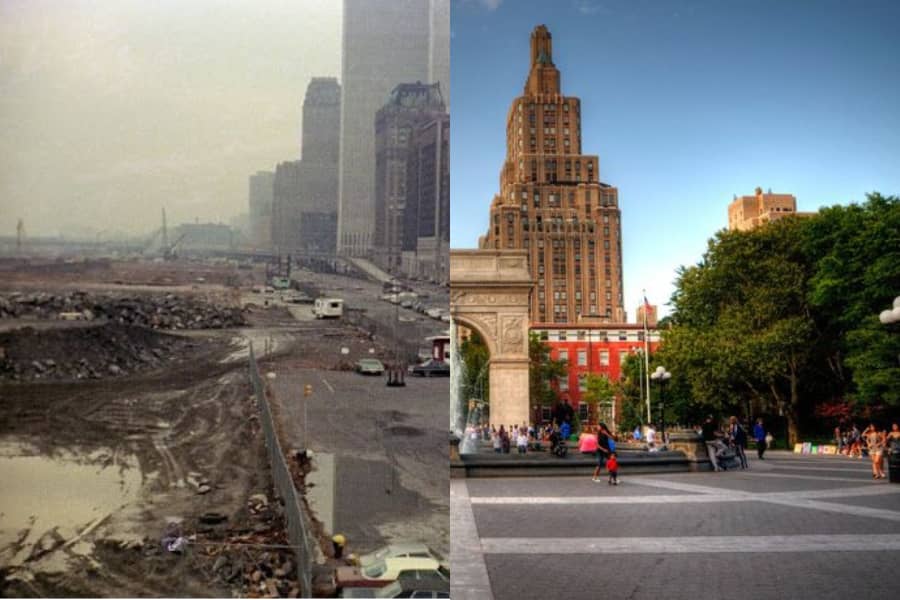
Cities are living entities, constantly evolving with time. Over the past 50 years, many US cities have transformed dramatically, reshaping skylines, neighborhoods, and lifestyles. Let’s take a stroll through time and explore 10 US cities that looked completely different half a century ago, revealing how urban growth, architectural innovation, and cultural shifts have redefined these places.
1. New York City

The 1970s were a period of economic stagnation and industrial decline in the United States, which hit New York City particularly hard. This led to job losses, financial strain on the city, and a decline in public services, including sanitation and after-school programs.According to PBS, many middle-class families, seeking better opportunities and facing high crime rates, moved to the suburbs, a phenomenon known as “white flight,” further impacting the city’s tax base and economy. Fast forward 50 years, and New York City’s skyline has indeed been transformed into a vibrant and iconic global metropolis, with skyscrapers like One World Trade Center and Hudson Yards playing a significant role in reshaping its landscape. Crain’s New York Business cited that, The World Trade Center and Hudson Yards are examples of the city’s architectural achievements and its continuous growth.
2. Los Angeles
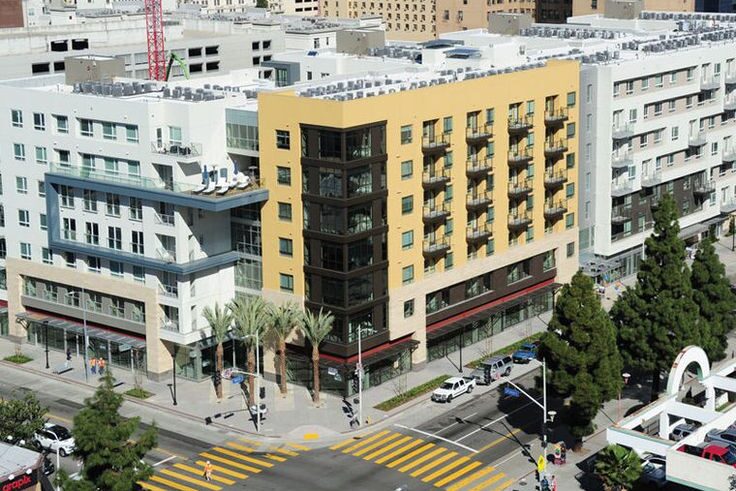
In the early 1970s, Los Angeles was characterized by sprawling suburbs, a reliance on automobiles, and a relatively quieter downtown compared to the bustling entertainment and residential areas that had spread outward from the city core. The downtown area, while still a center for business and finance, had experienced some decline compared to the vibrant economic and social life in the suburbs. Over the decades, Los Angeles has indeed embraced vertical growth, evident in its numerous high-rise buildings and the revitalization of downtown districts like the Arts District and South Park. Downtown LA, including South Park, has seen significant investment and development, with new high-rise buildings and mixed-use developments transforming the area. A video on YouTube adds that LA has seen a rise in skyscraper construction, with structures like the 777 Tower (now known as the 777 Figueroa) and the Bank of America Tower becoming prominent landmarks.
3. Chicago
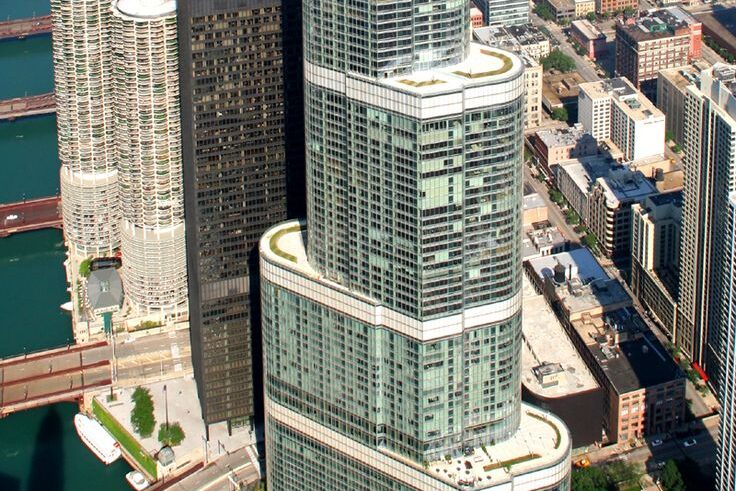
Chicago in the 1970s was a complex city landscape, defined by its iconic architecture juxtaposed against a period of significant industrial decline, social issues, and limited access to the city’s prized lakefront, resulting in hardship for many neighborhoods. Since then, Chicago has undergone significant urban renewal, with the development of Millennium Park and the expansion of the lakefront trail making the city more livable and attractive. Parametric Architecture noted that the Chicago skyline has been enhanced with modern skyscrapers like the Trump Tower and Aqua Tower, blending historic charm with contemporary design. Chicago’s transformation over 50 years reflects a successful balance between preservation and innovation.
4. Miami
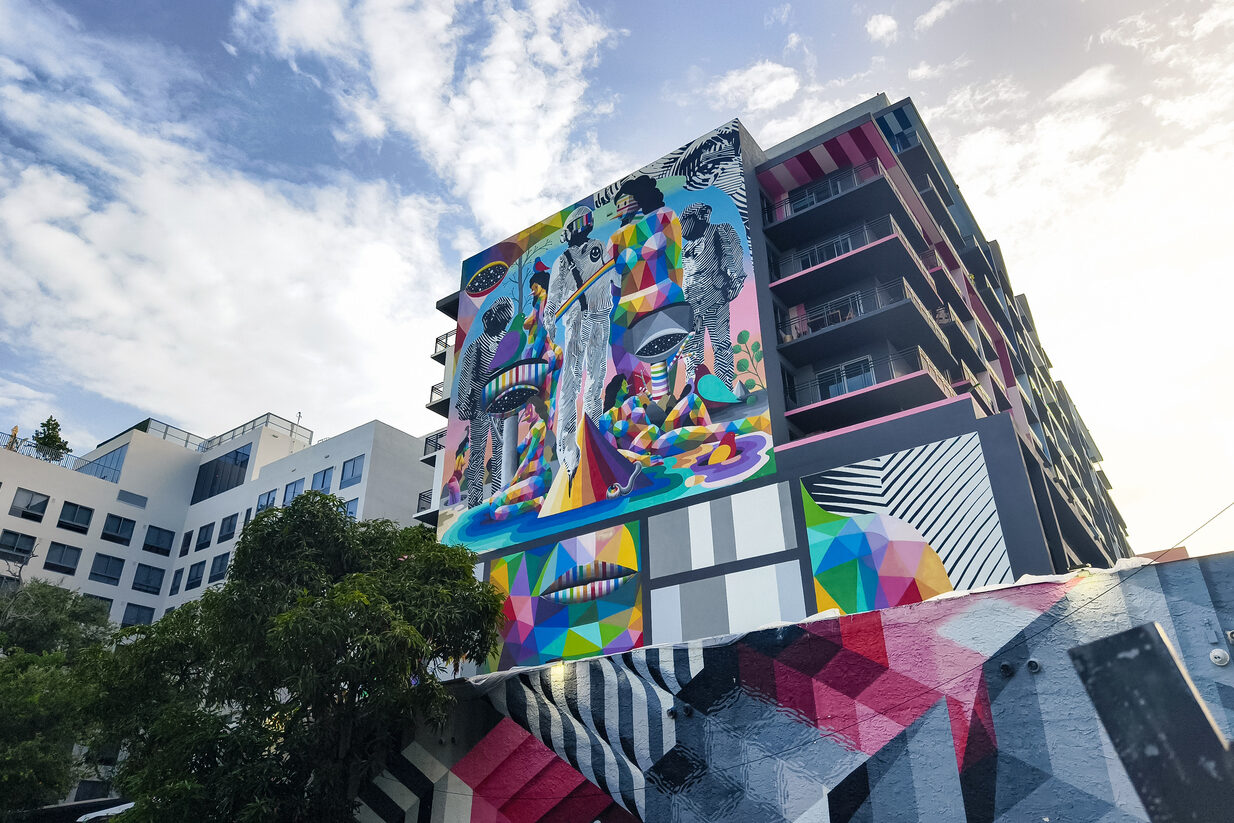
Fifty years ago, Miami and Miami Beach, while already established, were characterized by a mix of architectural styles, including mid-century modern and Art Deco, particularly in the South Beach area. These designs were popular because they were “accessible, glamorous, and affordable”, according to a study on Miami Beach hotels. While Miami had a growing international presence, it was still relatively modest in comparison to its current status. Today, Miami has exploded into an international hub for finance, culture, and tourism. The transformation of Miami, particularly neighborhoods like Wynwood, from a sleepy 1970s city to a globally connected, vibrant arts hub is a significant cultural and economic shift. Wynwood, once an industrial area, has become renowned for its street art, galleries, and events, attracting millions of visitors annually. A research on Science Direct posits that this revitalization has been fueled by investments, community-led development, and a thriving cultural scene.
5. San Francisco
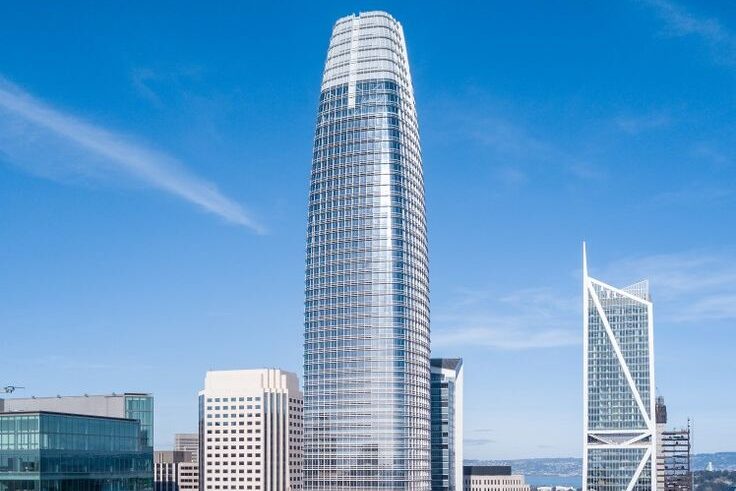
In the 1970s, San Francisco was characterized by its iconic Victorian homes, a somewhat run-down downtown, a nascent tech industry, and a smaller, less diverse population compared to today. While the tech industry was in its early stages, Silicon Valley was starting to emerge as a hub for electronics manufacturing. San Francisco’s Victorian architecture was a prominent feature, with many homes known for their bright, colorful paint schemes. The city was also experiencing a period of significant cultural change, with influences from counterculture movements and a growing tolerance for diverse cultures. Over the last five decades, the tech boom has transformed San Francisco into a global technology center. The skyline now features modern high-rises like the Salesforce Tower, and neighborhoods have experienced gentrification and redevelopment. The city’s cultural fabric has also evolved, blending its historic roots with cutting-edge innovation.
6. Detroit
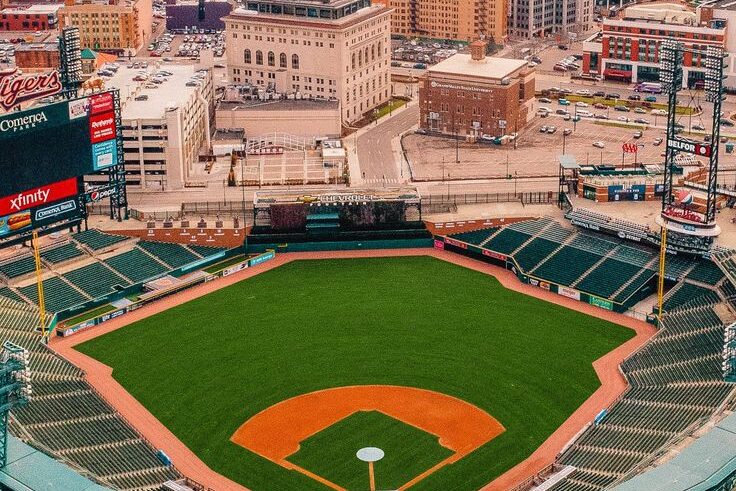
In the 1970s, Detroit was a hub of American automotive production, but it began experiencing significant economic challenges and population decline. This decline was multifaceted, stemming from issues like competition from foreign automakers, oil crises, and economic recessions. American automakers faced increasing competition from Japanese and European car manufacturers, who offered smaller, more fuel-efficient vehicles. This competition led to a decline in market share for US-made cars, impacting the local economy. The cityscape was filled with factories and traditional downtown buildings. Today, Detroit is experiencing a renaissance, with revitalized downtown areas, new businesses, and a growing arts scene. While some neighborhoods still face challenges, the city’s transformation efforts have brought new life to its core, blending historic industrial architecture with modern developments.
7. Seattle
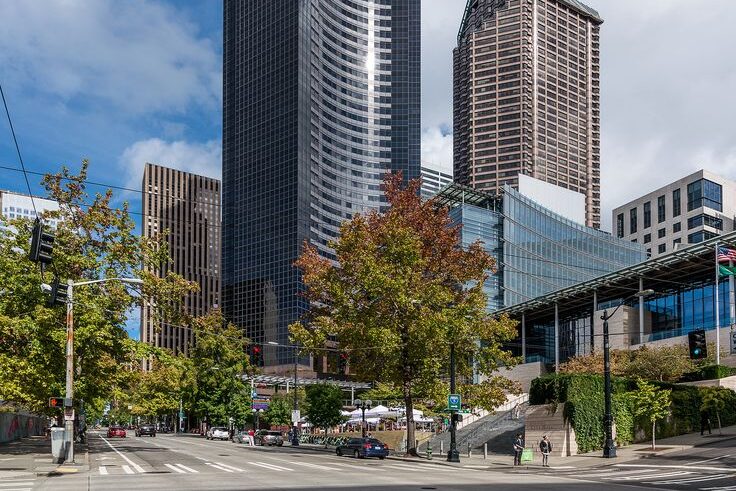
Seattle’s 1970s skyline was modest, with few high-rise buildings and a focus on shipping and manufacturing industries. The city was quieter and less densely populated. Over the past 50 years, Seattle has become a tech powerhouse, home to giants like Amazon and Microsoft. The addition of skyscrapers like the Columbia Center and the Space Needle has dramatically changed the Seattle skyline, making them iconic symbols of the city. The Space Needle, in particular, is a landmark and a frequent subject of photography, representing Seattle’s forward-thinking spirit and its connection to the Space Age. The Columbia Center, while not as widely known as the Space Needle, also contributes to the city’s iconic skyline, and its architectural design is considered a major landmark according to the Skyscrapercenter.
8. Boston
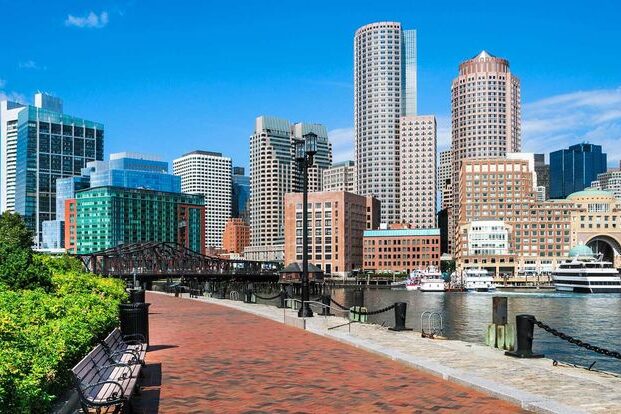
In the 1970s, Boston retained a strong sense of its historical past, with colonial architecture, including buildings and structures from the 17th and 18th centuries, a prominent feature of Boston’s cityscape. This reflected the city’s long history and its role as a significant colonial settlement. The city was also smaller and less commercially developed compared to its present-day state. Since then, Boston has expanded its skyline with modern office towers and residential buildings, particularly in the Seaport District. The city has also improved infrastructure and public spaces, blending its rich historical heritage with contemporary urban living. Boston today is a dynamic city that honors its past while embracing growth.
9. Houston
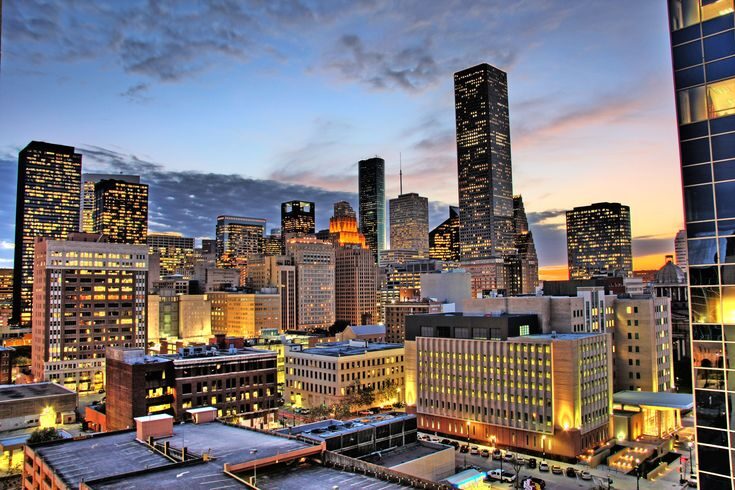
Houston in the 1970s was growing rapidly due to the oil boom but still had a relatively low skyline and sprawling suburbs. The city was more industrial and less diversified. While Houston’s skyline did start to see taller buildings during the 1970s, particularly with the construction of One Shell Plaza in 1971, it was still less developed than some other major cities. The city’s focus on sprawling suburban development and its lack of strict zoning regulations contributed to a lower density and a lower concentration of skyscrapers. Over the decades, Houston has developed into a global city with a significant skyline featuring towering office buildings and a booming energy sector. The city’s cultural institutions and neighborhoods have also expanded, reflecting a more cosmopolitan and diverse population.
10. Washington, D.C.
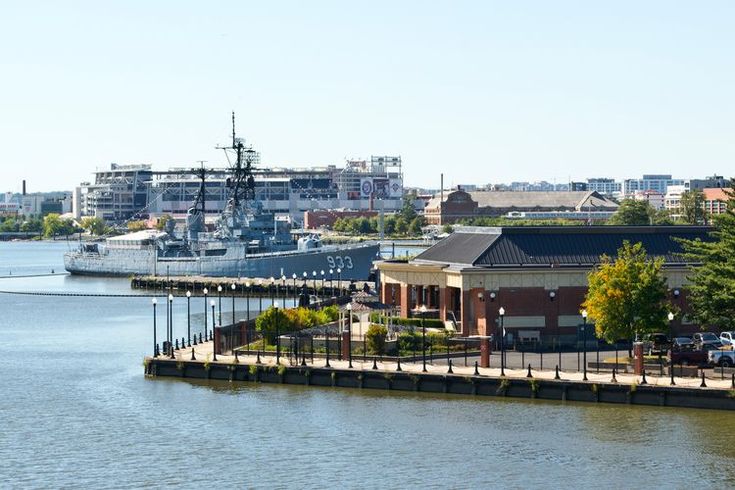
Washington, D.C. in the 1970s was defined by its monumental core and government buildings, with less emphasis on urban living and commercial development. The city has since undergone significant changes, including the revitalization of neighborhoods like Navy Yard and the addition of modern residential and commercial buildings. The skyline outside the historic monuments has grown, and the city now offers a blend of political significance and vibrant urban life. These cities illustrate how time reshapes urban landscapes, reflecting economic shifts, cultural changes, and technological progress. Each has a unique story of transformation, showing that cities are never static but always evolving.
If you enjoyed this journey through time, dive deeper into our stories of urban transformations and discover how cities continue to reinvent themselves in fascinating ways
The story 10 US Cities That Look Completely Different From 50 Years Ago was first published on DailyFetch.


